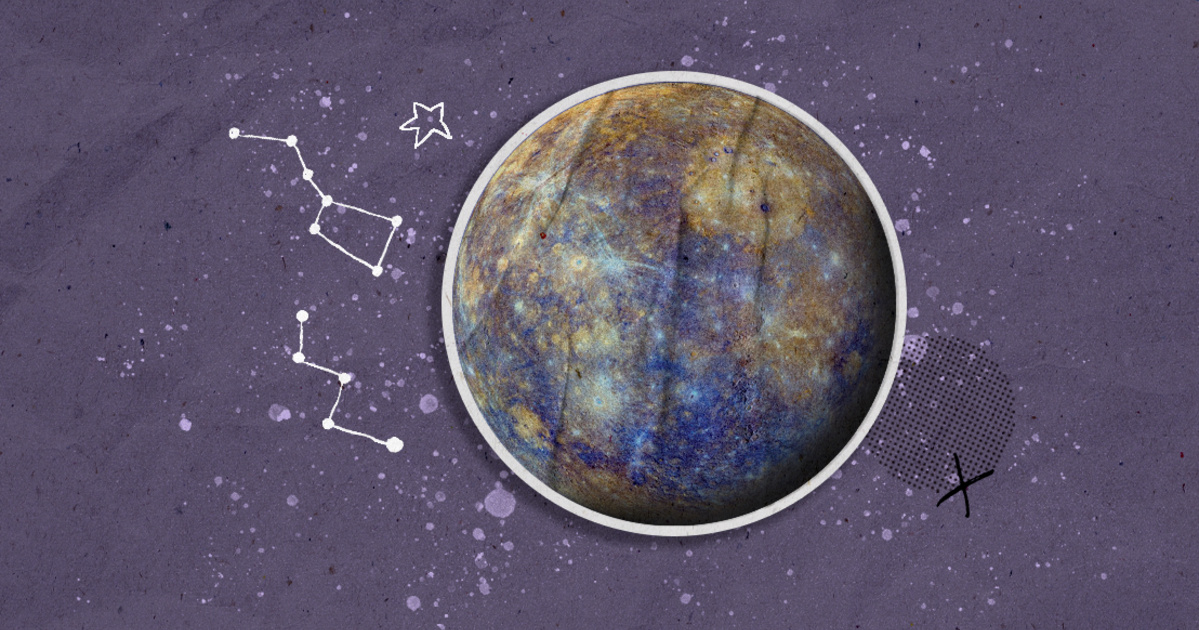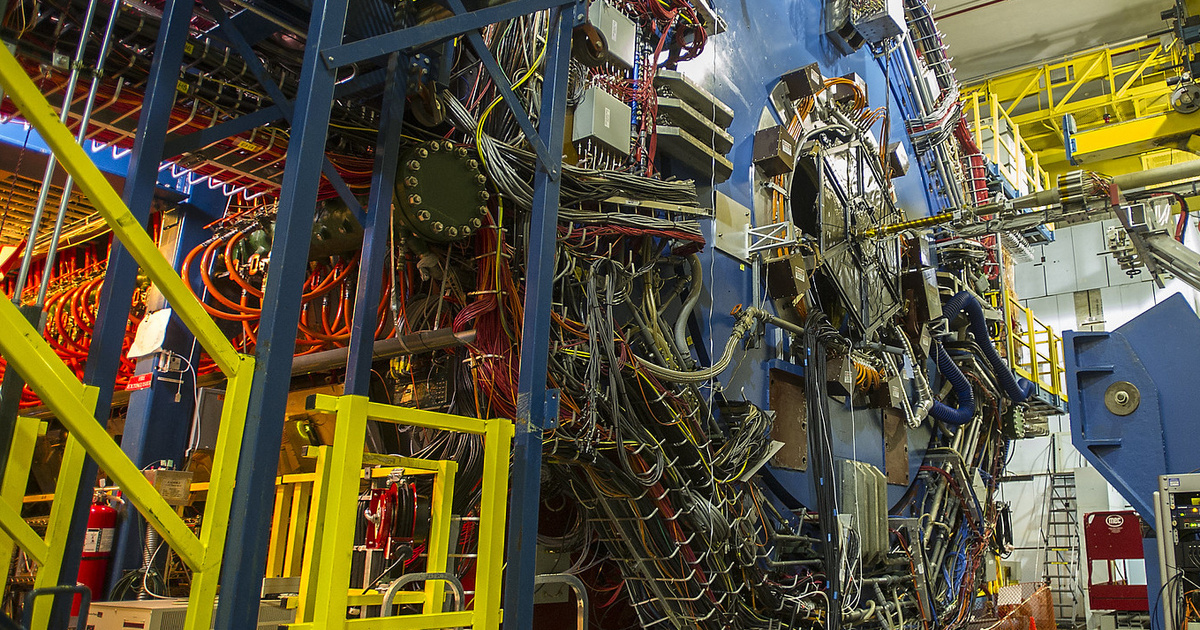According to Einstein’s famous equation, the energy of an object is directly proportional to the product of the square of its mass and the speed of light. Reversing this line of thought, two American physicists, Gregory Brett and John Wheeler, concluded in 1934 that they could form matter by colliding photons of sufficiently high energy.
High-energy gamma rays may be required to produce such a collision, but gamma lasers do not yet exist.
However, staff at Brookhaven’s lab in New York managed to circumvent this problem. In their ninety-year letter, Breit and Wheeler realized that it was very difficult to produce a substance with gamma rays (lasers did not exist at the time), so he suggested accelerating heavy ions. This is exactly what was done at the Brookhaven Lab particle accelerator.
Einstein was right, even Brett and Wheeler were right
Instead of light particles colliding, two depleted gold nuclei, ions, were accelerated to 99.995 percent the speed of light. An electromagnetic field forms around ions that accelerate in opposite orbits, where the so-called virtual photons appear and disappear.
Virtual photons travel with the ion like a cloud
Brookhaven Lab physicist Hu Zhangbu explains.
Virtual photons around ions passing close to each other (which also have a mass compared to real photons) collide with each other at the right moment to form very real electrons and their antimatter pair, positrons.
The researchers only had to prove that the particles produced were in fact the result of the Breit-Wheeler process. To do this, they had to prove that virtual photons behave like real photons. Data from more than 6000 collisions were used to analyze the resulting particle scattering angles, where they were the same as the particle angles in a real collision, and confirmed that a real interaction had occurred.
However, the photons were hypothetical, so there may still be doubts about whether the Breit-Wheeler process actually took place in the accelerator. You’ll have to wait for the ultra-powerful lasers needed for a light collision that is sure to produce a slightly longer substance.
double fracture
Xu Changbu’s colleagues also observed another phenomenon during the experiment that created the material: double fracture. Theoretical foundations of the phenomenon were described by Werner Heisenberg and Hans Heinrich Euler in 1936 and John Tolle in the 1950s. The point is that a sufficiently strong magnetic field can deflect light and split the light into polarized beams even in a vacuum.
Polarization-dependent refraction has so far been observed only in crystals and, according to recent results, in the light of a neutron star.
In everyday life, sunglasses with polarized lenses transmit only photons at the right angle and absorb the rest – the absorption of light is evidenced by the overheating of the sunglasses. In a particle accelerator, the absorption of light energy led to the formation of electron-positron pairs. According to the measurements, the absorption also depended on the polarization near the ions, so the researchers said that the virtual photons have a double refraction in the magnetic field of the ions, which was observed for the first time in the world under experimental conditions.
(Brookhaven National LaboratoryAnd Interesting geometryAnd live sciencesAnd the universe todayAnd Wikipedia)










































